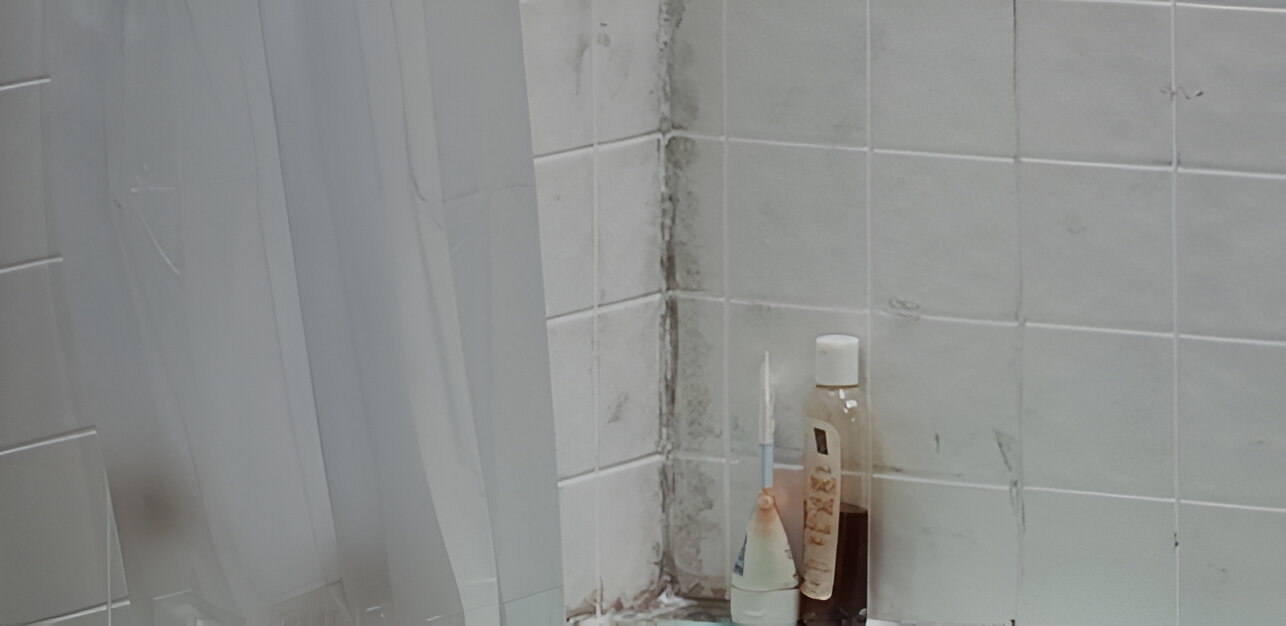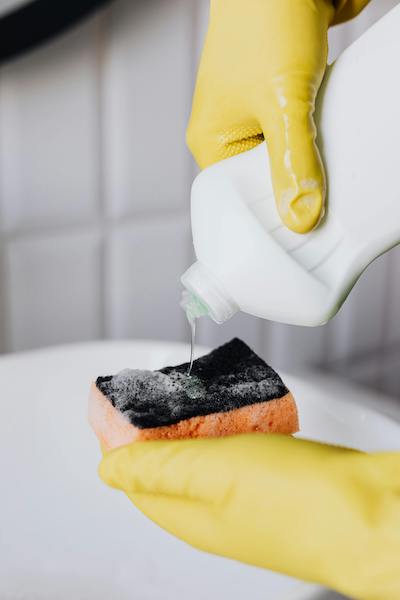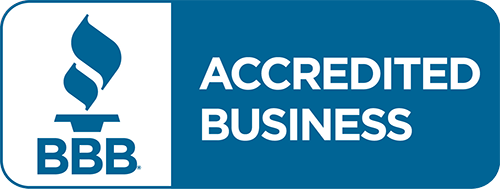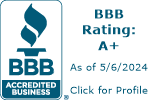How to Get Rid of Mold in a Shower: A Complete Guide to Clean, Mold-Free Bathrooms
Mold in the shower is a common problem that many homeowners face. It thrives in moist, warm environments, making bathrooms, especially showers, prime areas for mold growth. Whether you’re dealing with small, unsightly spots or a more extensive mold problem, the good news is that it’s possible to get rid of shower mold effectively with the right cleaning techniques and prevention strategies. In this blog post, we’ll walk you through the step-by-step process of removing mold from your shower, along with some tips to keep your bathroom clean and mold-free in the future.
Why Mold Grows in Showers
Mold spores are present everywhere in the air, but they only grow when the conditions are right. Showers are the perfect environment for mold to thrive because they are consistently exposed to moisture. When water accumulates on shower walls, grout lines, or other surfaces and doesn’t dry completely, mold can begin to grow. The areas around the showerhead, the corners of walls, and the grout between tiles are often the most susceptible to mold growth.
In addition to moisture, poor ventilation exacerbates the problem. Without proper airflow, the moisture in the air gets trapped, creating a breeding ground for mold spores. This can result in persistent mold growth that can be tough to eliminate if not addressed properly.
Signs of Mold in Your Shower
Mold in the shower can appear in several forms, ranging from small black or green spots to large patches covering tiles and grout. Here are some common signs that you may have mold in your shower:
- Discoloration on surfaces: Mold typically appears as dark patches (black, green, or brown) on grout, tile, caulk, or shower curtains.
- Musty odor: A damp, musty smell is often the first sign of mold before it becomes visible.
- Stains on the ceiling or walls: If you notice discoloration or spots on the ceiling or walls of your shower, it’s likely mold.
- Health symptoms: Mold can trigger allergic reactions and respiratory problems, especially for those with asthma, so keep an eye out for coughing, sneezing, or other allergy-like symptoms.
If you notice any of these signs, it’s important to take action right away to prevent the mold from spreading further.
Steps to Remove Mold from Your Shower
Getting rid of mold in the shower doesn’t have to be a difficult task. With the right tools and cleaning solutions, you can restore your shower to a clean, mold-free condition in no time. Here’s a detailed, step-by-step guide to removing mold from your shower:
1. Gather Your Cleaning Supplies

Before you begin the cleaning process, make sure you have all the necessary supplies. Here’s what you’ll need:
- Gloves: Protect your hands from mold spores and harsh chemicals.
- Mask: Wearing a mask will help prevent you from inhaling mold spores, which can be harmful to your health.
- Scrub brush or sponge: Use a firm-bristled brush for scrubbing hard-to-reach areas and a sponge for surfaces that need a gentler clean.
- White vinegar: An effective natural mold remover. Vinegar’s acidic properties can kill up to 82% of mold species.
- Hydrogen peroxide: Another effective natural mold-fighting agent, hydrogen peroxide (3%) can help break down mold growth on surfaces.
- Baking soda: A mild abrasive that can help scrub away stubborn mold stains without damaging surfaces.
- Spray bottle: To apply your cleaning solution evenly to affected areas.
2. Ventilate the Area
Mold spores can spread easily through the air, so it’s important to properly ventilate the bathroom before you start cleaning. Open windows or turn on the bathroom fan to create airflow. If possible, leave the bathroom door open as well. This will help reduce the concentration of mold spores in the air and prevent further growth during and after cleaning.
3. Apply the Cleaning Solution
Now that the area is ventilated, it’s time to apply the cleaning solution.
- For Light Mold: Fill a spray bottle with undiluted white vinegar or hydrogen peroxide (3%). Spray directly onto the moldy areas and allow the solution to sit for at least 10-15 minutes. The vinegar or hydrogen peroxide will begin breaking down the mold and loosening it from the surfaces.
- For Tougher Mold: For stubborn mold spots, create a paste by mixing baking soda with a little water to form a thick, spreadable consistency. Apply this paste to the moldy areas and let it sit for another 10-15 minutes. Baking soda will act as both a cleaner and a mild abrasive, helping to scrub away even the most stubborn mold.
4. Scrub the Mold
Once the cleaning solution has had time to work, grab your scrub brush or sponge and start scrubbing. For grout lines and corners, a scrub brush with firm bristles works best. Apply extra pressure on any areas with heavy mold buildup. For flat surfaces like tiles, a sponge should be sufficient for scrubbing away the mold.
- Be sure to scrub both the tiles and the grout, as mold tends to grow in the porous grout lines between tiles.
- For areas that are particularly hard to reach, consider using an old toothbrush to get into the corners and tight spaces.
5. Rinse Thoroughly
After scrubbing, rinse the shower surfaces with warm water to remove all of the mold, cleaning solution, and loosened debris. Make sure to rinse thoroughly to avoid leaving any cleaning residue behind, which could attract more dirt and moisture over time.
6. Dry the Area
After cleaning, it’s crucial to dry the shower completely. Mold thrives in damp environments, so leaving any moisture behind could lead to the mold returning quickly. Use a clean towel to dry off the tiles, grout, and other surfaces. You can also use a squeegee to remove excess water from the shower walls and glass doors.
7. Prevent Future Mold Growth
Once your shower is mold-free, take steps to prevent future mold growth. Here are some effective strategies:
- Improve ventilation: Install an exhaust fan in your bathroom to help reduce humidity and moisture buildup. Run the fan during and after showers to improve airflow.
- Use a dehumidifier: If your bathroom is prone to high humidity, consider using a dehumidifier to help keep moisture levels low and prevent mold growth.
- Wipe down the shower after each use: Make it a habit to wipe down the shower walls and floors with a towel or squeegee after each shower. This will remove excess moisture and reduce the chance of mold regrowth.
- Replace or wash shower curtains regularly: If you use a shower curtain, make sure it is mildew-resistant, and wash it regularly to prevent mold buildup.
- Seal grout lines: To further protect against mold, consider applying a grout sealer to help prevent moisture from seeping into the grout lines.

When to Call a Professional
In most cases, you can effectively remove mold from your shower using the steps outlined above. However, there are times when it may be necessary to call a professional mold remediation service:
- Extensive mold growth: If the mold covers a large area or is deeply embedded in porous materials like drywall, it may be time to contact a professional.
- Health concerns: If mold exposure is affecting your health or causing respiratory issues, it’s best to let professionals handle the situation.
- Recurring mold problems: If you continue to see mold regrowth despite regular cleaning, there may be an underlying issue, such as poor ventilation or water leaks, that requires professional attention.
Key Takeaways On Shower Mold Removal
Mold in the shower is a common but manageable problem. By using the right cleaning solutions and taking preventive measures, you can keep your bathroom mold-free and safe. Regular cleaning, good ventilation, and moisture control are essential to maintaining a healthy and mold-free shower. If you follow the steps outlined in this post, you’ll enjoy a clean and comfortable bathroom for years to come.
At Atlas Home Improvement, safety is one of our top priorities. We’re here to help transform your bathroom into a worry-free zone. Take action today to eliminate shower mold and enjoy a fresher, safer space by calling (734) 259-4374 or filling out a contact form online!













